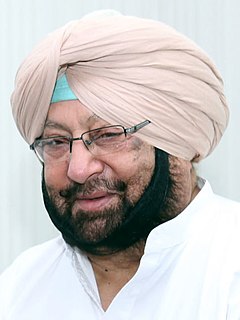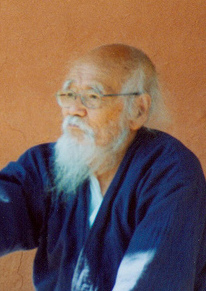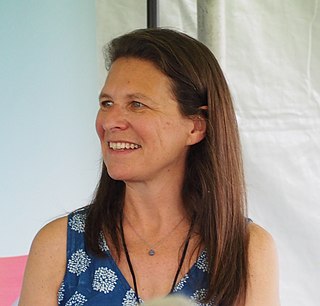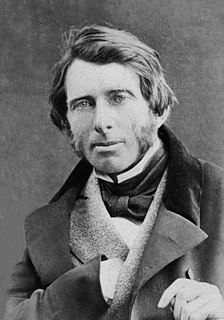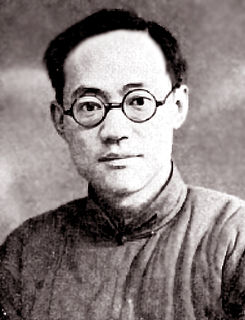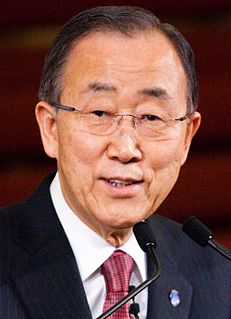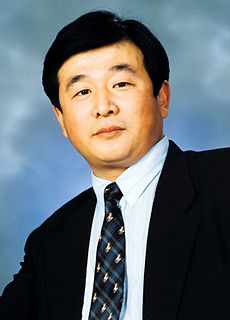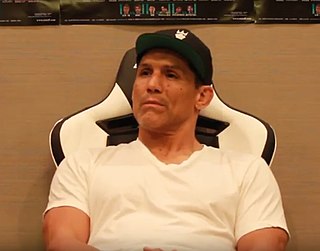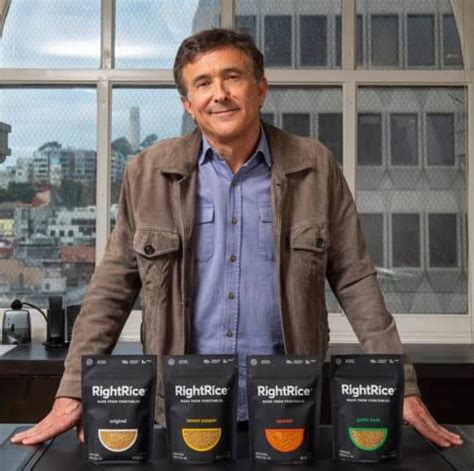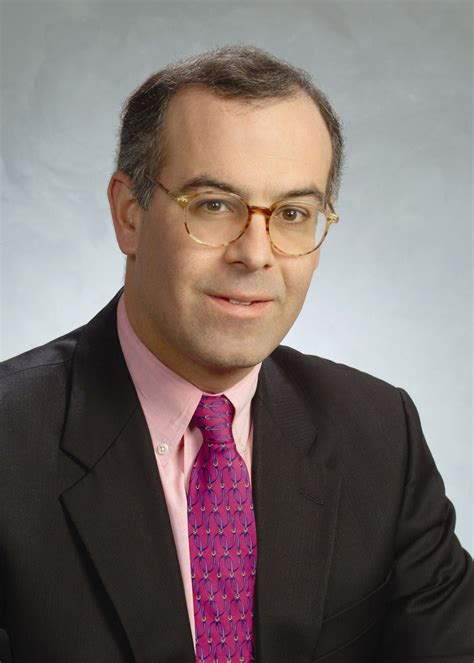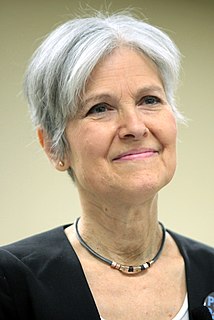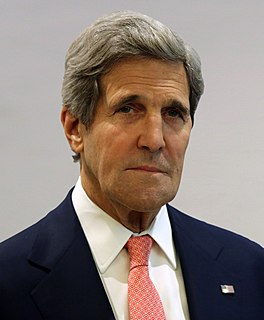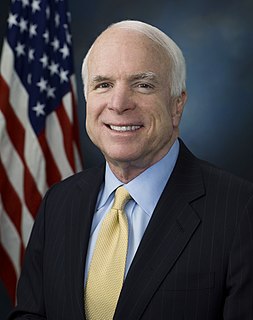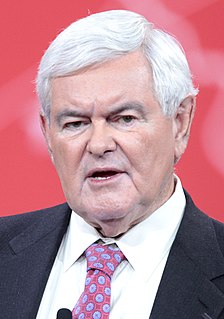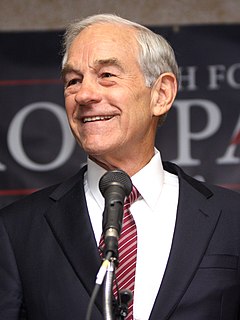A Quote by Amarinder Singh
Till 1966 when the Green Revolution came to Punjab, nobody grew this crop. Only when farmers saw money in it, did they start rice cultivation.
Related Quotes
People in Shanghai make a lot more money than the farmers in the rice paddies. The rice-paddy farmers are not buying Louis Vuitton bags, but the upwardly mobile ones in Shanghai, who are all working in Wall Street-type firms, are infinitely better-dressed than people in the West. Their women take this fashion thing seriously.
I believe that a revolution can begin from this one strand of straw. Seen at a glance, this rice straw may appear light and insignificant. Hardly anyone would believe that it could start a revolution. But I have come to realize the weight and power of this straw. For me, this revolution is very real.
I had no companions to quarrel with, nobody to assist, and nobody to thank... the evil consequence of all this was not, however, what might perhaps have been expected, that I grew up selfish or non affectionate; but that, when affection did come, it came with a violence utterly rampant and unmanageable.
Nobody would say the cowshed was heaven and nobody would say the inhuman torture of so many victims be called a revolution of the proletariat. ... A museum should be established to remind China of the follies and disasters that had fallen from 1966 to 1976. We cannot forget what had happened and history should not repeat itself.
